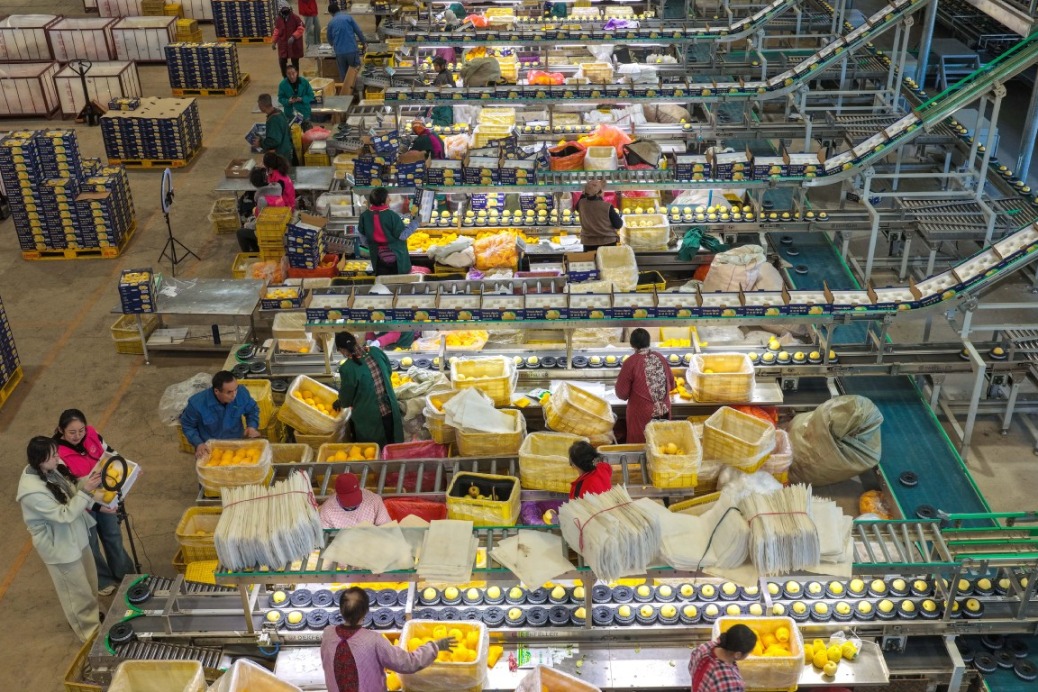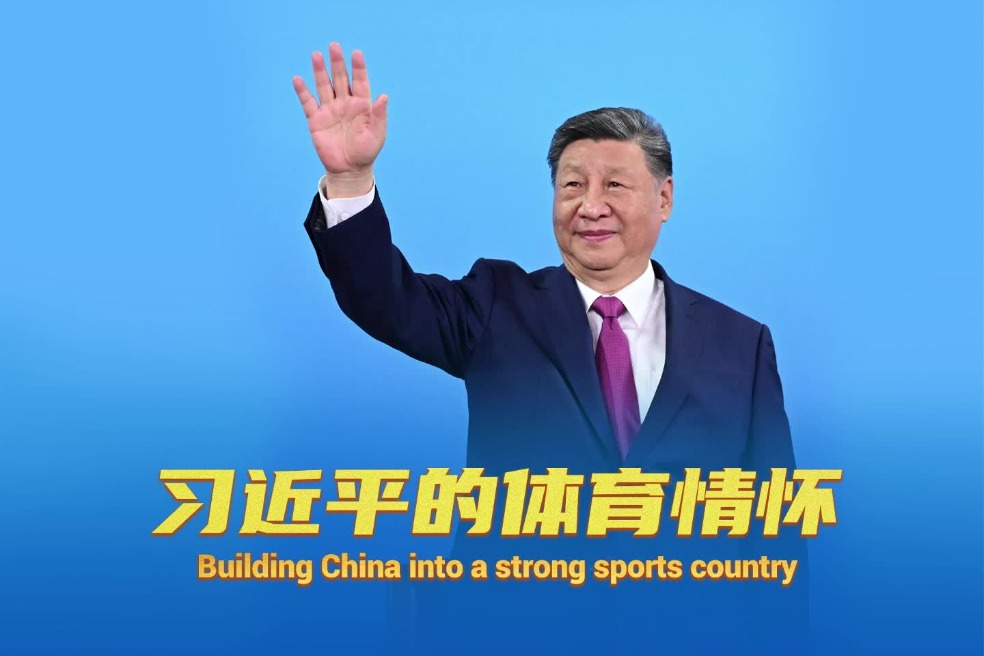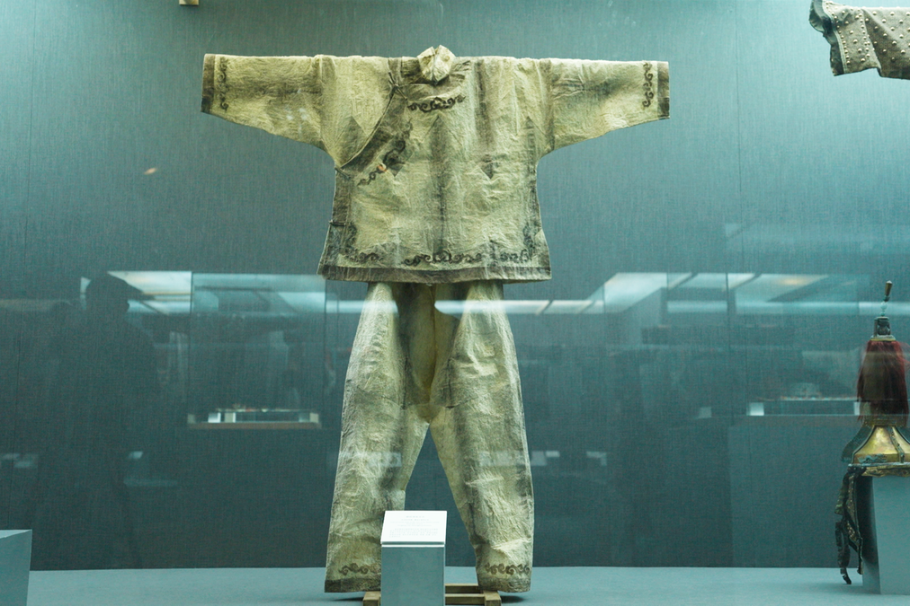Own paths to follow


Most developing nations have failed in modernization because they blindly followed the West
Modernization is an important historical process that was initiated by the West since the Age of Discovery in the 15th century, especially after the Industrial Revolution in the 18th century. It features a shift from the traditional agricultural society to a modern industrial one, rapidly developing science and technology and booming the economy with increasingly improved livelihoods. The modernization which first started in a few Western countries spread all over the world, becoming the common aspiration of people in all countries. Chinese modernization is socialist modernization under the leadership of the Communist Party of China. It contains elements that are common to the modernization of Western countries, and also boasts features unique to the Chinese context.
Chinese modernization is modernization of a huge population. If China achieves modernization and becomes a high-income country, it will more than double the percentage of the world's population living in high-income economies from the current 16 percent to 34 percent.
Chinese modernization is modernization of common prosperity for all. While Western modernization has created huge amounts of wealth after the Industrial Revolution, the process has also resulted in growing polarization between the rich and the poor.
Chinese modernization is modernization of both material and cultural-ethical advancement. While enormous material wealth was generated in the process of Western modernization, the cultural-ethical life lagged behind. China aims to fundamentally solve the problem.
Chinese modernization is modernization featuring harmony between humanity and nature. The West has inflicted great damage to nature during its modernization, a tragedy China tries to avoid on its road to modernization.
Chinese modernization is modernization of peaceful development. China will not tread the old path of war, colonization and plunder taken by Western countries.
Then, how can China achieve modernization with the above-mentioned five characteristics?
In my view, except the first characteristic — the huge population — which is the historical legacy of the nation, all the four other characteristics of Chinese modernization are the results of the pursuit of development by the CPC.
According to the dialectical materialism view of the world, material is primary. Therefore, governments in developing countries should play a facilitating role in the development of industries in a market economy based on the country's comparative advantages, which are determined by the endowment structure — the material base of the country — at a given point of time and changeable over time.
Developing the economy based on comparative advantages can help realize both efficiency and fairness in the primary distribution of income. An efficient economy could create wealth rapidly, and fair income distribution could lay a solid foundation for common prosperity. Moreover, developing the economy based on comparative advantages can help increase the government's tax revenues, and as a result, the government will have more financial resources to support vulnerable groups, reduce wealth gaps among regions, and solve other issues in the process of redistribution. The government could also encourage charity and public welfare activities through tax incentives (third distribution) to promote common prosperity.
When common prosperity is achieved, a society will have a solid material foundation to promote cultural-ethical progress. Development in line with comparative advantages will lead to common prosperity. The people will then have more aspirations for a better life, such as a sound natural environment. If a country develops based on comparative advantages, enterprises will be variable, and have greater willingness to use green technologies in production. As such, a coexistence between humanity and nature can be realized.
Instead of plundering the wealth of other nations, China has been developing its economy based on comparative advantages, and by tapping the resources of both domestic and international markets and competing in an open, fair global economic environment. Therefore, China's development not only generates wealth for itself, but also brings more development opportunities to other countries by opening to them its huge market, thus promoting the peaceful development of the world.
Modernization is the common pursuit of all mankind. In the past, it was widely believed that the only path to modernization was the one undertaken by Western countries. But the practices after World War II have shown that there is barely any developing country that has achieved modernization by following the Western path. The few developing countries that have realized modernization did not copy the Western model.
After World War II, all countries have been pursuing modernization. However, the gap between developing countries and a few developed Western countries has widened over the years. The Eight-Nation Alliance that invaded China in 1900 were the most powerful nations at the time, accounting for 50.4 percent of the global economy measured in purchasing power parity terms.
A century later, the Eight-Nation Alliance turned into the G8 — with the Austro-Hungarian Empire replaced by Canada. In 2000, the G8 represented 47 percent of the global economy on PPP terms, only 3.4 percentage points lower than the figure of 1900. In other words, after a century of catching up with these eight most industrialized countries, all the other countries' weight in the global economy gained by only 3.4 percentage points.
In addition, the population in the industrialized countries has been growing at a slower pace than in the developing world, and as a result, the gap of per capita GDP between the developing world and the developed world has been growing. The majority of developing countries have not achieved modernization or joined the ranks of developed countries, and people living in these countries have become poorer relative to their counterparts in developed countries.
Why have most developing countries failed to achieve modernization? We used to believe that the only path to modernization was that taken by the West, and most developing nations have chosen to follow this path. Copying the Western model of modernization is the result of a wrong perception of modernization. According to Marx's historical materialism, what Western nations possess, what they are good at doing, and what matters to them are all determined by their economic bases. Developing countries that don't have the same economic bases as those of the Western developed countries are doomed to fail in their pursuit of modernization by copying the Western model.
In comparison, the Chinese path to modernization provides a reference for other developing countries that are exploring their own paths to modernization. China's experiences have proved that developing countries should cultivate industries based on their comparative advantages, that is what they can do well based on what they have (their endowments), and properly handle the relation between an efficient market and an effective government so as to achieve stable and rapid development in the long run.
The article is a keynote speech at the the Third Think-Tanks Forum on National Governance in Developing Countries.
The author is the dean of the Institute of New Structural Economics and honorable dean of the National School of Development at Peking University. The author contributed this article to China Watch, a think tank powered by China Daily. The views do not necessarily reflect those of China Daily.
Contact the editor at editor@chinawatch.cn.


































